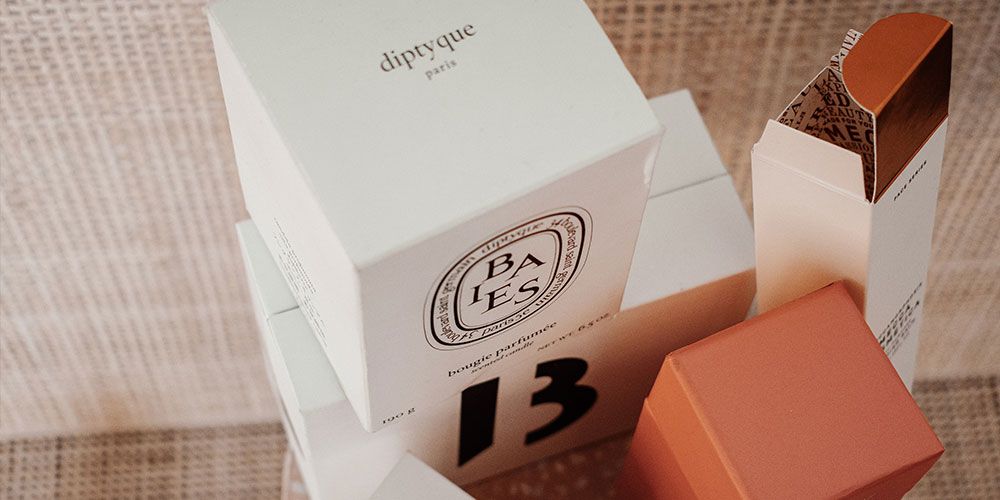Your custom packaging is not only making a great impression on your customers but also helping put your brand on their frequently bought list. But imagine your brand went the extra mile to tick off a couple of extra needs that are evolving with your customer base. More and more people are willing to buy and even asking their favorite brands to switch to sustainable packaging. In fact, according to a new study by Trivium Packaging, 74% of customers said they would pay more for sustainable packaging.
Besides putting the planet first, aligning your packaging with eco-friendly practices helps you eliminate unnecessary and wasteful packaging elements. This, in turn, helps save costs. While getting started might seem overwhelming, you don’t have to change your packaging entirely at once. Here are 5 simple ways you can get started on sustainable packaging.
1 - Plant-based packaging solutions
This one is probably a no-brainer. The easiest way to include eco-friendly practices into your brand is by switching to plant-based packaging. This includes paper boxes instead of plastic, soy-based inks instead of petroleum-based inks, and post-consumer content rather than using virgin materials.
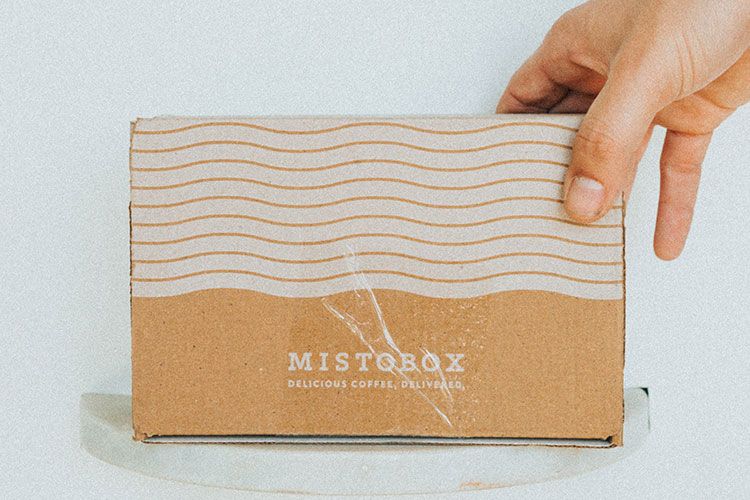
Using cardboard is the first step to encouraging reusing it and recycling it. Even if you do need to use plastic, ensure that it is bioplastic or biodegradable plastic. While bioplastics are not exactly cheap, the price is likely to go down (as well as production likely ramped up) with more companies demanding the need for the material in their packaging.
2 - Skip the glues and laminations
Even with the use of paper-based packaging, you’ll see that it is not 100% biodegradable or compostable. This is because most of them use laminations as the top layer of the packaging. Lamination is the process of applying a clear plastic film to packaging/print to protect it and enhance its appearance. It goes without saying that this plastic layer is not eco-friendly. Instead, you can opt for varnishes. A Varnish is a clear ink that is applied thinly to packaging/print to protect it and enhance its appearance. Water-based varnishes are biodegradable and affordable.
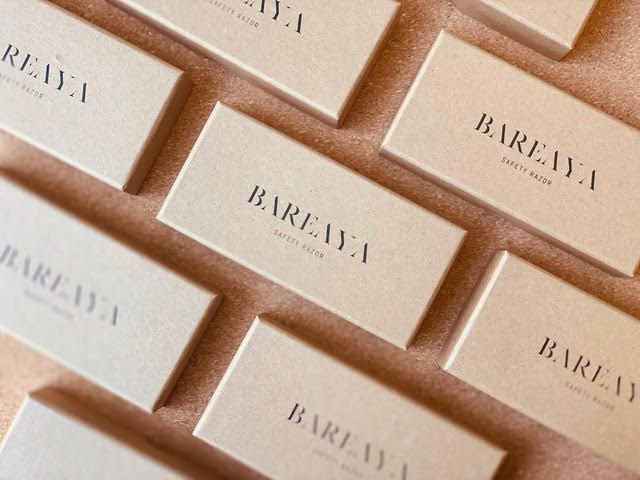
Another option is to use weatherproof paper or simply stick to kraft paper boxes. You can also opt for biodegradable laminated print, but it is likely to be more expensive than regular lamination and can increase the cost of your packaging significantly
3 - Make your packaging versatile
If you have ticked off switching to plant-based packaging and eliminating laminations, you can go a step further and make your packaging reusable. This ensures that customers don’t simply dispose of your packaging once they open it and start using the product.
As more millennials are demanding sustainable products, H&M created a packaging concept to support their sustainable collection. They created packaging in the shape of hangers that eliminated the use of plastic hangers and promoted customers to start using recycled materials for hanging clothing. This helped H&M increase the ability to be repurchased post-purchase and resonate with consumers on a meaningful level.

If you simply have to use boxes, Six Realms has created a foldable box design that allows consumers to store the box when they are not using it. The rigid box is sturdy enough to hold and ship the products and also resist dents and scratches when being stored.
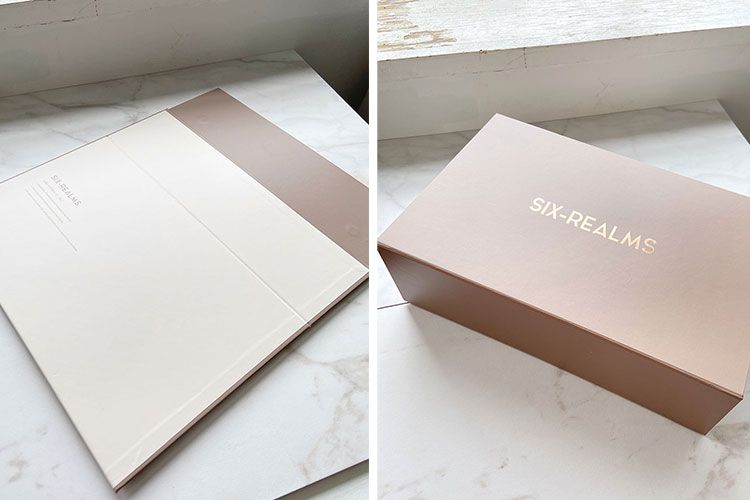
4 - Efficient transportation to reduce carbon emissions
Aside from the packaging itself, the shipping can also be made greener. Airfreight is the most desirable option for shipping given that it is one of the fastest modes of transportation. However, shipping via air is also the main cause for carbon emissions. Research by International Transport Forum (ITF) has estimated that CO2 emissions from freight transport will grow by 290% by 2050.
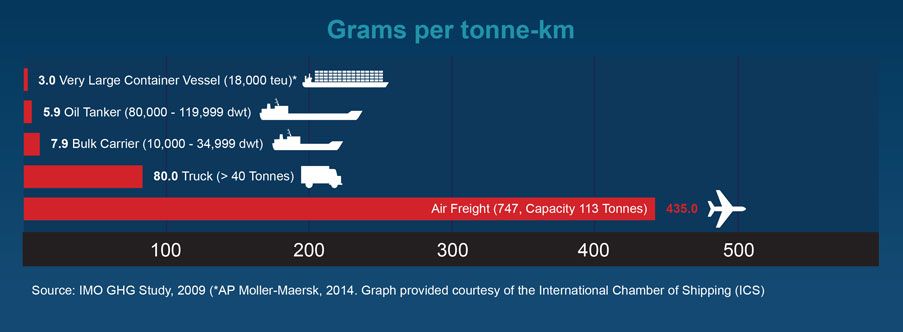
If time is not a factor for consideration, try switching to ocean freight. Make sure you check the lead time for your packaging and order it well in advance. Remember to account for time for approval and any last-minute changes. Another thing to note here is that ocean freight is a lot cheaper than air freight. Check out our guide to optimise the cost of shipping your packaging.
The rise of green shipping is pushing the industry further to develop and enhance the shipping sector, incorporating environmental and social responsibility.
5 - Include useful information for customers
Advocating sustainability to your customers is not only a good way to showcase your environmental responsibility but also promote best practices. If you are designing your packaging to be recycled or composted, include instructions for your customers to do it easily. Consider mentioning your efforts towards sustainable packaging and products as well as highlighting your brand values. Alternatively, promote your practices on social media or build a post a ‘how-to’ guide on your website.
BONUS STEP: we also recommend speaking with your supplier directly. We wrote 2 separate guides specifically for this. Part 1 of the guide is here, and part 2 here.
Switching to sustainable packaging doesn’t have to be a complete revamp of your regular packaging. Take it one step at a time, maximise the use of reusable and recyclable material, and consistently keep your customers in the loop. Not only will your brand benefit but your customers will thank you for it too!
Looking for eco-friendly packaging for your brand? Check out our sustainable practices here! All of our packaging is made with at least 50% post-consumer content and printed with soy-based inks. Explore our available packaging solutions or head on over to our platform to start configuring!
